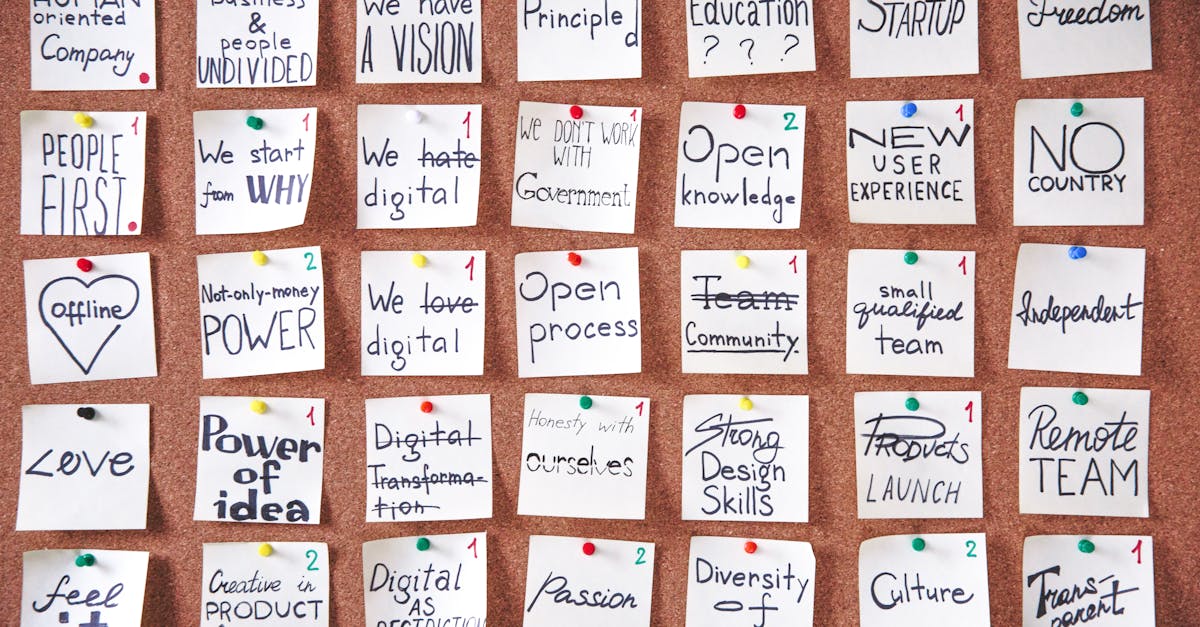Welcome! I am Véronique, your ally in navigating the digital world. Together, let’s optimize your online experience.
We use cookies and data to provide and maintain Google services. This includes failure tracking and protection against spam, fraud, and abuse. We measure audience engagement and analyze site statistics to understand the use of our services and improve their quality. If you choose “Accept all”, we will also use cookies and data to develop and enhance new services, measure ad effectiveness, and display personalized content based on your settings.
On the other hand, if you prefer “Reject all”, we will not use cookies for these additional purposes. Non-personalized content is influenced by elements such as the content you are currently viewing, your activity in your active search session, and your location. Non-personalized ads depend on the content you are viewing and your general location. Personalized content and ads may also include more relevant results, recommendations, and tailored ads based on your past activities on this browser, such as your previous Google searches.
We also use cookies and data to tailor the experience to be age-appropriate, if relevant. Select “More options” to see additional information, including details on managing your privacy settings. You can also visit the dedicated privacy section at any time.

Understanding the Importance of Constructive Feedback
In the dynamic world of leadership, knowing how to give constructive feedback is an essential skill for any new leader. These feedbacks are not just about pointing out mistakes but are primarily aimed at encouraging the development and continuous improvement of team members. By adopting a positive and structured approach, leaders can create a work environment where everyone feels valued and motivated to excel.
To instill this feedback culture, it is crucial to understand the foundations that underlie it. This includes recognizing efforts, clarifying goals, and providing concrete solutions to overcome challenges. For example, by reading The Challenge You Designate, you will discover practical strategies to identify and address common obstacles in communicating feedback.
Ultimately, constructive feedback not only strengthens individual skills but also enhances the cohesion and overall performance of the team. They promote a culture of transparency and trust, essential for navigating the complexities of the modern professional world.
Establishing Clear and Empathetic Communication
The first step in giving effective constructive feedback is to develop clear and empathetic communication. It is important for the leader to express their observations in an understandable and caring manner, considering the feelings and perspectives of the employee. This approach ensures that the message is received positively and encourages a desire to improve.
To achieve this, it is recommended to use positive formulations and focus on specific examples rather than generalizing. For example, instead of saying “You never pay attention to details”, it is more constructive to say “I noticed that some reports contain detail errors, let’s work together to reduce them in the future.”
Moreover, encouraging dialogue by asking open-ended questions can help better understand the challenges the employee is facing. It also allows for co-creating solutions, thereby reinforcing engagement and shared responsibility. By visiting Creating a Memorable Networking Pitch, you will find techniques to enhance your communication skills, essential for effective feedback.
Using the Sandwich Method to Structure Feedback
The sandwich method is a proven technique for structuring constructive feedback. It involves framing critiques with praises, thus creating a balance between recognition and improvement. This method makes feedback more acceptable and less demoralizing while highlighting areas that need special attention.
To implement this method, start with a sincere compliment regarding the employee’s work. Then, address the area for improvement by being specific and objective. Finally, conclude with a positive note or motivation for the future. For example:
“I want to highlight your excellent work on the last project; your attention to detail really made a difference. I would like us to work together to improve the speed of report delivery. I am confident that you have the skills to achieve it.”
This balanced approach helps maintain the employee’s motivation while providing clear guidelines for their development. To deepen this method, consult The Charismatic Leader, which explores the secrets of effective and empathetic leadership.
Encouraging Regular Follow-up and Continuous Improvement
Giving constructive feedback is not limited to a single interaction. It is crucial to establish regular follow-up to ensure continuous improvement and show that the leader is committed to the development of their team members. This follow-up helps to maintain the positive momentum created during the initial feedback sessions and to adjust strategies as needed.
For effective follow-up, it is recommended to schedule periodic meetings where progress is assessed and new goals are set. These meetings also provide the opportunity to discuss encountered obstacles and celebrate achieved successes. By maintaining this cadence, the leader demonstrates their commitment to the success of their team and encourages a culture of constant development.
Furthermore, using performance management tools can facilitate this process by providing objective data on the progress made. By visiting A Coaching and Resource Program for an Entrepreneurial Workforce, you will discover resources and methods to effectively structure performance follow-up.
Finally, encourage employees to self-assess their performance and identify their own areas for improvement. This proactive approach reinforces autonomy and individual responsibility, essential for continuous and sustainable improvement.
Using Tools and Techniques to Enhance Feedback
To maximize the effectiveness of constructive feedback, it is beneficial to integrate various tools and techniques into the feedback process. These tools help structure feedback, make it more engaging, and facilitate mutual understanding between the leader and the employee.
One of the most effective techniques is to use networking techniques to create a collaborative feedback environment. By applying the principles described in Effective Networking Techniques Revealed by Ongoing Training, leaders can learn how to establish deeper connections and foster open and honest communication.
Additionally, digital tools such as performance management platforms and continuous feedback applications can facilitate the collection and analysis of feedback. These tools allow for tracking progress, providing real-time feedback, and personalizing feedback according to the specific needs of each employee.
Finally, incorporating interactive elements like role-playing or simulations can make feedback sessions more dynamic and engaging. These methods allow employees to practice and integrate feedback more effectively, thereby enhancing their ability to apply the advice in their daily work.
Encouraging a Feedback Culture Within the Team
For constructive feedback to be truly effective, it is essential to cultivate a feedback culture within the team. This means that feedback must become a regular practice integrated into daily interactions, rather than a one-time event.
A feedback culture encourages transparency, openness, and trust. It allows every team member to feel comfortable giving and receiving feedback, thus fostering continuous improvement and closer collaboration. To instill this culture, leaders must lead by example by actively soliciting feedback on their own performance and being receptive to their team’s comments.
Moreover, it is important to train team members on best feedback practices. Workshops and training sessions, such as those offered in The Challenge You Designate, can help develop the skills necessary to give and receive feedback constructively and respectfully.
By creating an environment where feedback is valued and encouraged, leaders can enhance their team’s engagement and motivation while fostering a dynamic of performance and continuous excellence. This feedback culture thus becomes a fundamental pillar of organizational success and the personal development of each team member.











